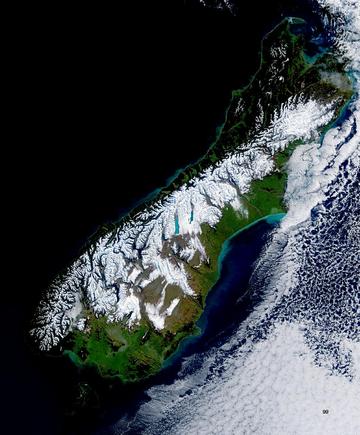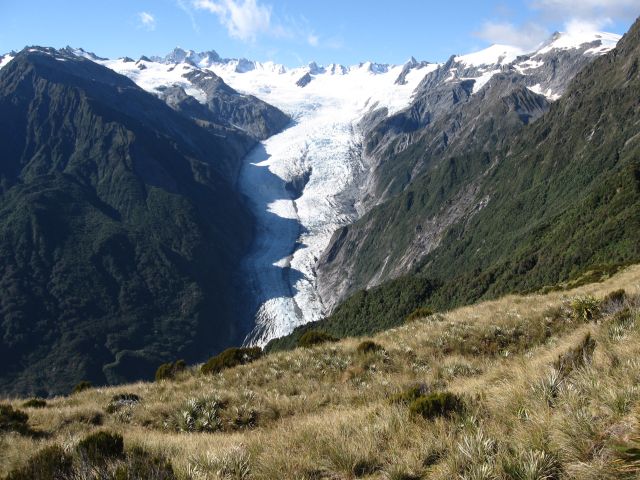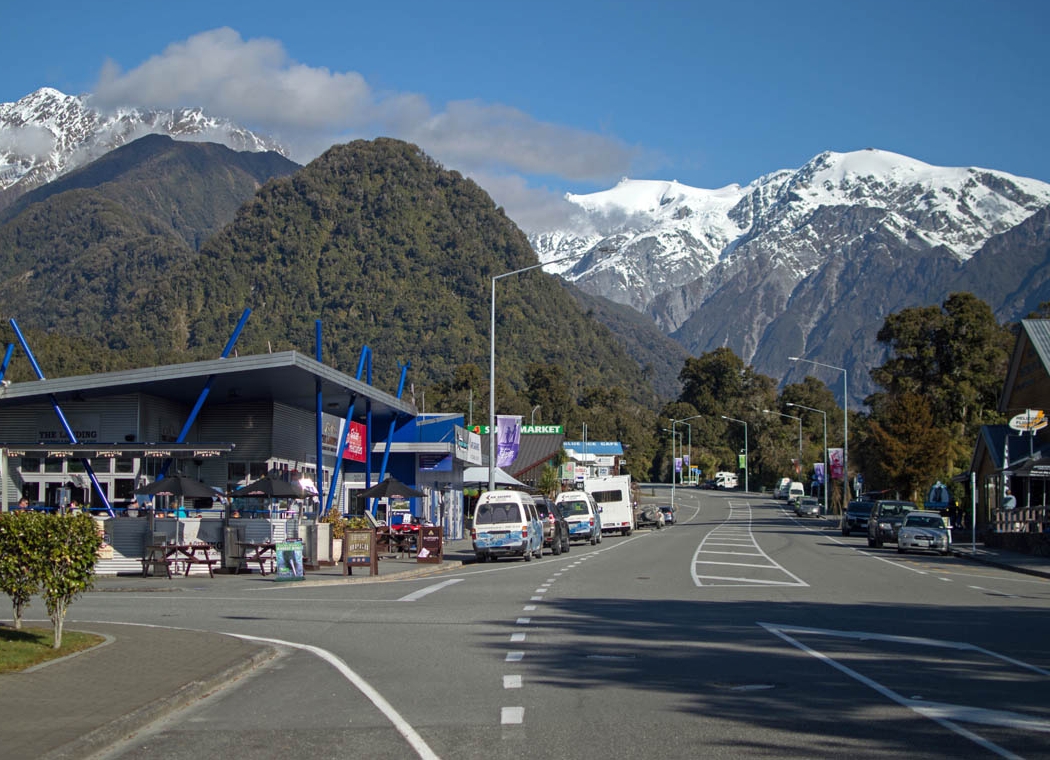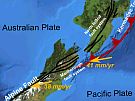The West Coast
One major geographic feature of the South Island of New Zealand is the Southern Alps, a mountain range caused by tectonic uplift along the Alpine Fault.
The Alpine Fault runs for about 600km up the spine of the South Island, and is one of the world’s major geological features. The Alpine Fault marks the boundary of the Pacific and Australian Plates.
How often does the Alpine Fault rupture?
This fault has ruptured four times in the past 900 years, each time producing an earthquake of about magnitude 8. Recent research by GNS Science has extended our knowledge of the Alpine fault earthquake record back through the past 8,000 years.
The investigation found the mean interval between large earthquakes on the fault is 330 years and two thirds of the intervals were between 260 and 400 years. As with many natural systems, there was a spread of intervals with the longest being about 510 years and the shortest about 140 years.
Movement on the Alpine Fault
Horizontal movement of the Alpine Fault is about 30m per 1,000 years — very fast by global standards. Each time it has ruptured, it has also moved vertically, lifting the Southern Alps in the process.
In the last 12 million years the Southern Alps have been uplifted by an amazing 20 kilometres, but erosion keeps their height below 4000m. The glaciers and rivers have removed the rest of the material and spread it out across the lowland plains or onto the sea floor. The rapid uplift also means that faulted rock from deep down has been brought to the surface, and can be studied by scientists.
When will the Alpine Fault next rupture?
There is no way of predicting exactly when an earthquake will occur. Scientists believe the Alpine Fault has a high probability (estimated at 30%) of rupturing in the next 50 years. This is based on how regularly it has ruptured in the past. The rupture will produce one of the biggest earthquakes since European settlement of New Zealand, and it will have a major impact on the lives of many people. In between earthquakes, the Alpine Fault is locked.
When the Alpine Fault next ruptures it is likely to produce an earthquake with a magnitude of around 8. The Darfield earthquake had a magnitude of M7.1. Because of the way earthquake magnitude is measured this means that a magnitude 8 earthquake releases about 30 times more energy than a magnitude 7.
An Alpine Fault earthquake will:

- Likely rupture along a larger area of the fault (several hundreds of kilometres)
- It will last longer (hundreds of seconds rather than tens of seconds)
- Affect a much larger area than earthquakes such as the Darfield earthquake.
- The aftershock sequence could involve earthquakes of as much as M7 and continue for many years
- Violent shaking will cause widespread landslides and weaken rock, making landslides more common for many years
- Rivers may change course, will carry more sediment and therefore flood more easily
- Towns and infrastructure such as roads, bridges, power lines and communication services will be disrupted
- West Coast industries such as tourism, coal and gold mining, forestry and wood processing, fishing, and dairy farming will all be affected by an Alpine Fault earthquake








